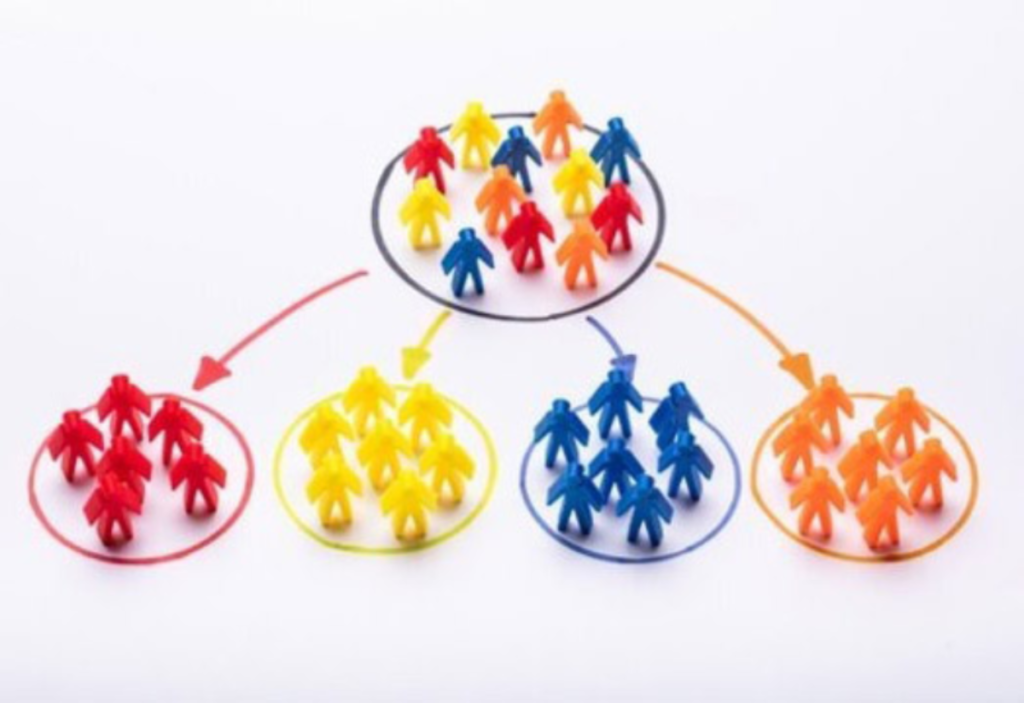Life is all about segmentation. Consider your loved ones, friends, coworkers, and neighbors. You probably don’t communicate with them the same way. For example, you obviously speak differently with your close family and friends than you do with your neighbors.
The same applies to marketing. Segmentation should always be one of your first stops when trying to improve the effectiveness of your marketing strategy.
When you’re up against a slew of online competition, good communication is the most effective approach to set yourself apart from your competition. Market segmentation allows you to determine the exact messaging that will entice your clients to make a purchase.
But before you can use customer segmentation, you must first understand your consumer base and what it wants. Only then can you create new products and efficient marketing strategies.
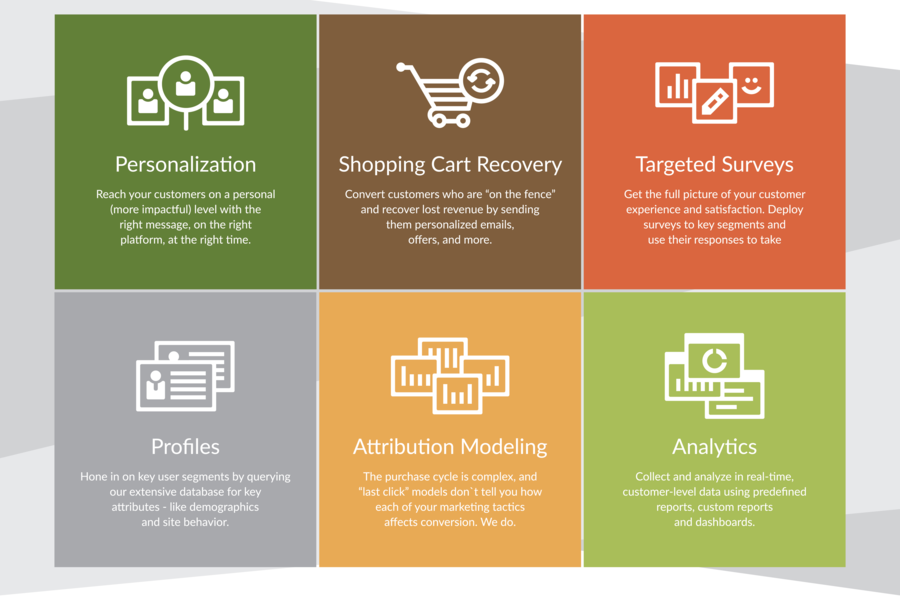
What Is Customer Segmentation?
Customer segmentation separates people into groups based on shared traits. A marketers’ ability to reach their target demographic is not guaranteed by segmentation. It does, however, assist you in developing a more strategic approach to ensure optimal results.
The effectiveness of your segmentation is determined by how successfully you use customer data to build marketing messages that attract attention and enhance conversion.
Why Do You Need To Segment Your Customers?
According to a Researchscape poll, marketers reported a 64% boost in customer satisfaction, a 63% rise in conversion rates, and a 63% increase in visitor engagement after implementing segmentation. The benefits of customer segmentation include the following.

Identifying New Markets:
Customer segmentation can help you uncover new competitive advantages by presenting new markets for businesses to explore. you can uncover unexplored and expanding markets with low competition using the information collected from this strategy. Markets with high growth and little competition allow the business to increase its client base and, eventually, drive product discovery.
More Customer Retention
Developing a personalized relationship with your clients will help you win satisfied customers. 75% of satisfied consumers are more inclined to stay with a company that meets their needs regularly.
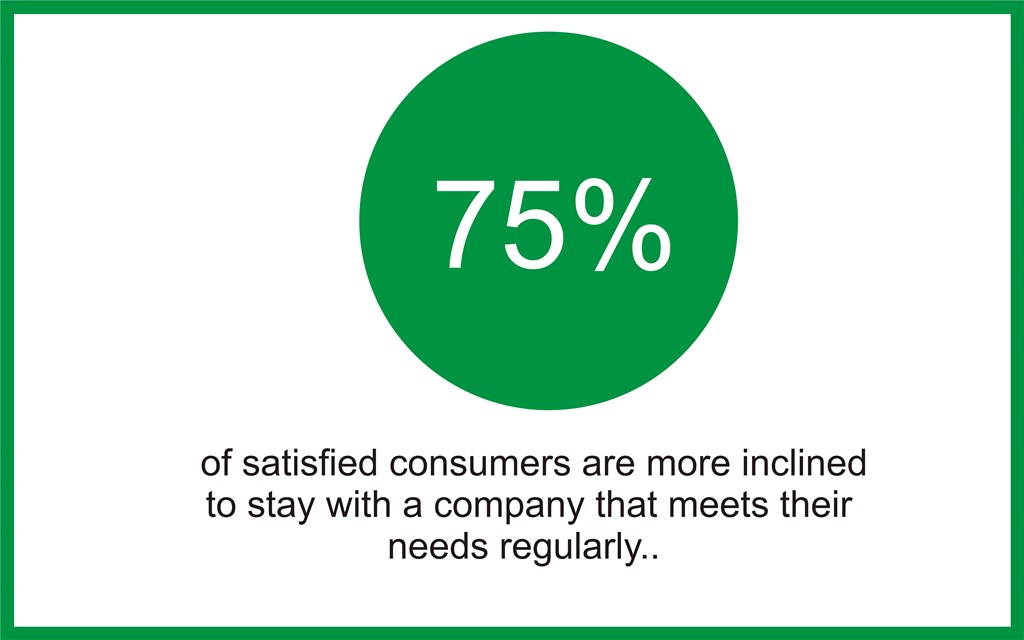
Product Development
Leveraging market segmentation to power the product development process can help companies improve their processes. Product teams can design products that address the pain points of new segments by identifying them and learning about their needs. As a result, products or services will face limited competition – or none at all if they are sufficiently niched.
To Increases Competitiveness
The higher your client retention rate, the more money you would generate. All of these will help you to be more competitive in the market. If you segment your market, your clients will recognize you and respond accordingly. It will become easier to meet their expectations than when you generalize.
To Establish Your Brand Identity
It will be easier to make your customers take notice of your brand when you segment them. They will be able to engage directly with your products once they are familiar with your brand. This will improve your market reputation, and make your brand stand out.
How Do You Segment Your customers?
Customer segmentation can be approached in four different ways:
1. Segmentation Based on Behavior
This type of segmentation is based on how customers have previously interacted with your brand. Previous purchases, loyalty, and current user status are just a few of the criteria.
- Internet surfing habits
- Brand loyalty
- Spending and purchase patterns
- Previous experiences with your brand
- Current User status
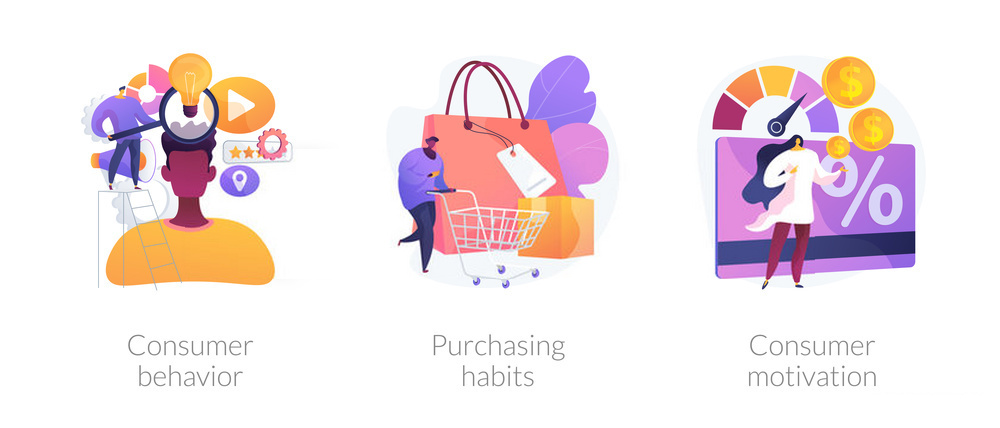
2. Segmentation by Location
This segmentation technique is based on the customers’ geographic region. To save money and time, you can target clients in a specific state or country where you operate when producing gifts or promotions. You can narrow geographic segmentation by using the following criteria:
- Country
- Region
- City or town
- Postal code

3. Segmentation Based on Demographics
Demographic segmentation is likely the most visible sort of consumer segmentation because it considers factors such as:
- Age
- Ethnicity
- Gender
- Education
- Income Level

4. Psychographic Customer Segmentation
Psychographic segmentation considers a customer’s personality characteristics, opinions, and interests. It can encompass things like:
- Religious views
- Hobbies
- Lifestyle interests and values.
Segmenting Customers Based On Their Behavior
Customer segmentation, when combined with behavioral data, allows online retailers to provide individualized experiences to customers. You can segment your customers into the following categories.
Carts Abandoners
As the name suggests, this is a group of clients that abandon their shopping cart after adding one or more items to it. They are a difficult group to persuade to return to your website and complete the purchasing process. What you can do is to send them a “Come back” email with discounts. Then keep messaging them to build up their interest in your brand.
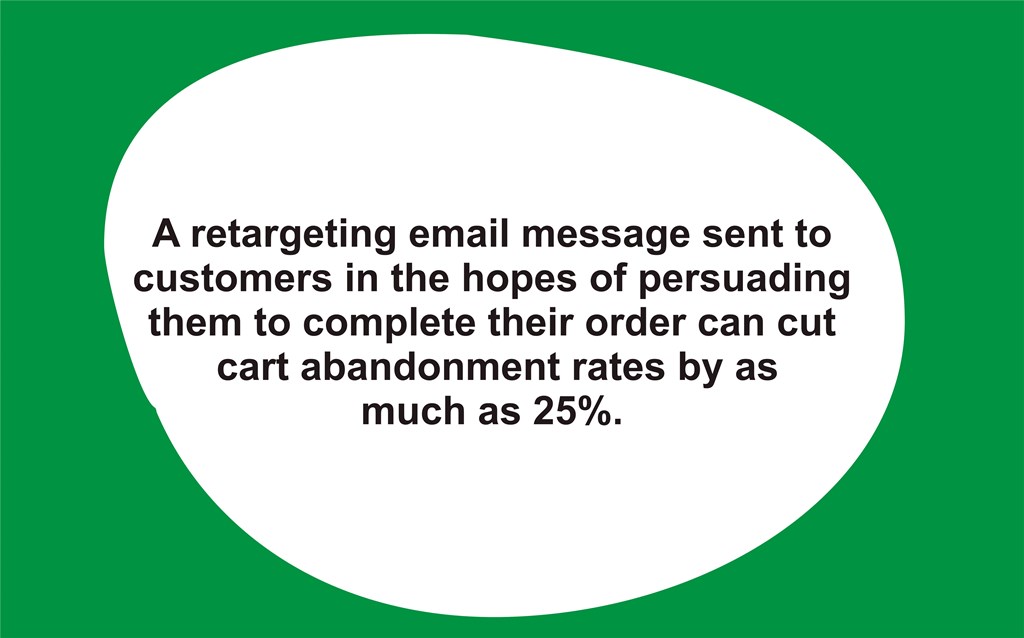
Shoppers on a budget
Unlike big spenders who spend hundreds of dollars on a single shopping order, frugal shoppers simply buy what they require at the time. They have a budget and try not to go over it when they go shopping. Offer them discounts on product packages that are connected.
One-timers
Customers that have only purchased your product once are known as one-timers. Upsell and cross-sell products to them and offer discounts on a second purchase.
Subscribers To Newsletters
We recommend labeling all email subscribers so you can easily track their behavior and orders to see if something they read impacted them to buy. Do they purchase after reading a newsletter about a new product you just released?
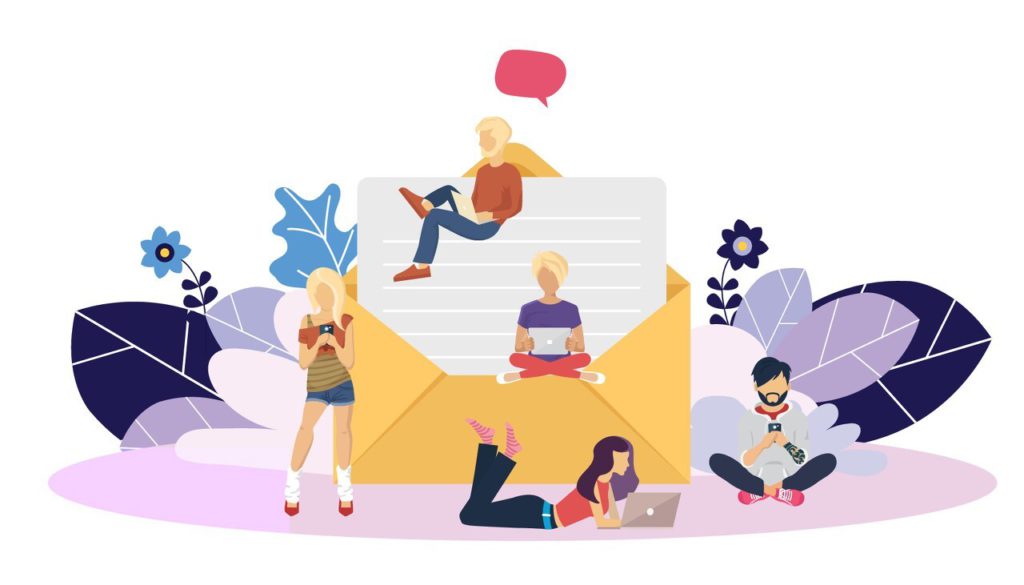
Loyal Customers
Every seller’s dream is to have a loyal consumer group as they provide you with a steady stream of revenue. Your only goal is to maintain their interest in your products/brands. Develop loyalty programs, send them exclusive offers and discounts, and get their feedback in product development.
Browsers Who Have Signed Up (Leads)
You’re losing money if you have registered users who haven’t made a purchase yet. The advantage of this type of consumer segmentation in eCommerce is that they are truly interested in your brand, otherwise they wouldn’t have signed up. So you have to encourage them to buy from you using first-time discounts and coupons.
How To Create A Market Segmentation Strategy
Now that you’ve learned about the various sorts of market segmentation, let’s look at how to put one in place. Here are 5 steps to create a segmentation strategy.
- Establish a goal: What are you hoping to accomplish with market segmentation?
- Define your market: Is there a need for your products and services around the world?
- Develop market segments Based on your market research.
- Create marketing strategies based on customer segmentation.
- Assess performance and modify.
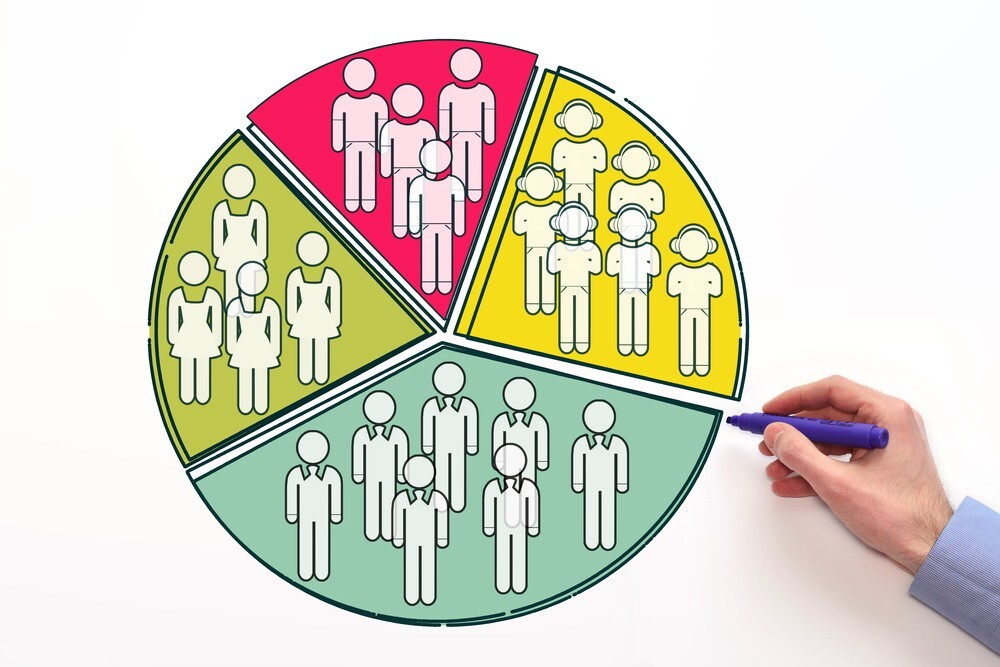
Segmenting With FoxMetrics
But you can only segment your customers when you can identify them individually, and you can’t do that with most tools around. That’s why FoxMetrics is the best segmentation tool you can get your hands on.
It allows you to create unique IDs and collect data on every visitor to your site. You create researches, establish customer groups, assess how to segment your customers, and figure out the form of communication each segment prefers.
FoxMetrics empowers hyper-segmentation… Want to try it for yourself? Sign Up for a Free account or request a demo account.

